Dan Tobin Smith’s Re-imaging of the Forgotten
From Do Androids Dream of Electric Sheep by Philip K. Dick
JR : There’s the First Law of Kipple, “Kipple drives out nonkipple.” Like Gresham’s law about bad money. And in these apartments, there’s been nobody there to fight the kipple.
Pris : So it has taken over completely. Now I understand.
JR : Your place, here, this apartment you’ve picked – it’s too kipple-ized to live in. We can roll the kipple-factor back; we can do like I said, raid the other apartments. But –
Pris : But what?
JR : We can’t win.
Pris : Why not?
JR : No one can win against kipple, except temporarily and maybe in one spot, like in my apartment I’ve sort of created a stasis between the pressure of kipple and nonkipple, for the time being. But eventually I’ll die or go away, and then the kipple will again take over. It’s a universal principle operating throughout the universe; the entire universe is moving toward a final state of total, absolute kippleization.
Global pollution. Overpopulation. Seemingly every last drop of oil is hunted to be transformed into a forgotten, cluttered plastic straw. Our modern reality is speeding towards Kippleization with a frightening exponential momentum.
A few years ago, esteemed photographer Dan Tobin Smith opened a website calling for Kipple. He asked the public to send him everything forlorn, decomposed, without a purpose. Instead of an apartment floor, he covered his studio with such materials.
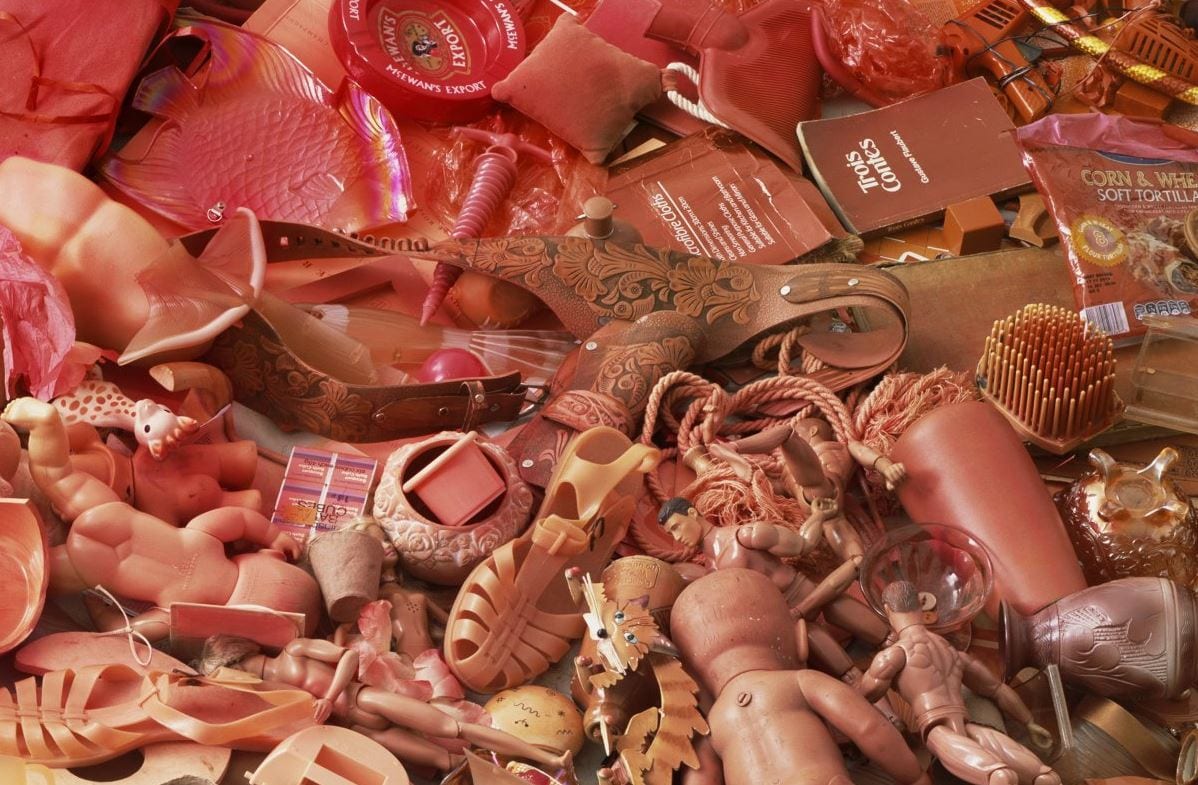
What Exactly is Kipple ?
Let’s go back to visionary Philip K. Dick
“Kipple is useless objects, like junk mail or match folders after you use the last match or gum wrappers or yesterday’s homepage. When nobody’s around, kipple reproduces itself. For instance, if you go to bed leaving any kipple around your apartment, when you wake up there is twice as much of it. It always gets more and more.
No one can win against kipple, except temporarily and maybe in one spot.”
It’s an entropic concept, the disorder of our creations. With every new thing we make, we forget two more.
By the second law of thermodynamics, energy flows from a hot ordered state to cold disordered one. And once it’s all universally there, it’s the heat death. It’s the collapse of a system. Hypersaturation. That’s it, the levee breaks. With our over-materialization, we’re creating an analogous strain. Our production is turning on itself into reproduction, clogging the veins of our system. It’s straining, yet with no apparency–simply amassing in the background.
Dan Tobin Smith Turns Waste into Art
Dan Tobin Smith chose to examine such a concept through a societal lens. What validity might our forgotten objects hold? What happens to our appraisal of these objects once they’re put into an aesthetic context? Are we generating too much waste?
Smith’s physical collages are beautifully arranged with gradient colors, a mish-mash of object sizes in paths carved through the spread on his floor.
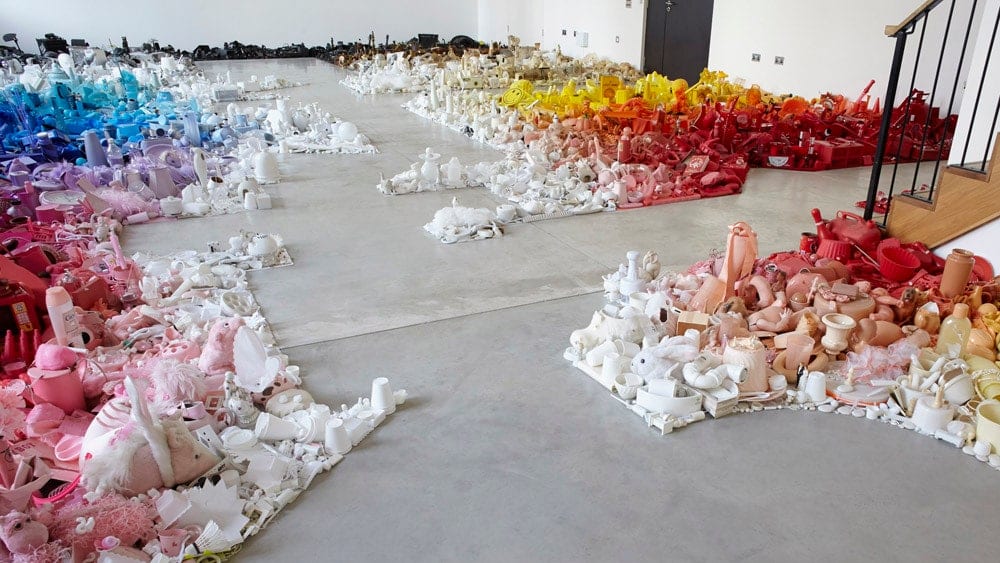
It’s a world reminiscent of I Spy books except rooted in artifacts of our personal reality. The clutter is arranged into an appealing whole. Yet, upon closer inspection the viewer becomes immersed in detail. Moments appear with various emotional charge–the apathy of a microchip or the emotional depth of a worn shoe. Some artifacts remain unrecognizable.
This wondrous reaction to Smith’s work harkens childhood amazement, like the forgotten nature of action figures in Toy Story. An inanimate object can live a life of its own course.
It’s death? When it becomes forgotten.
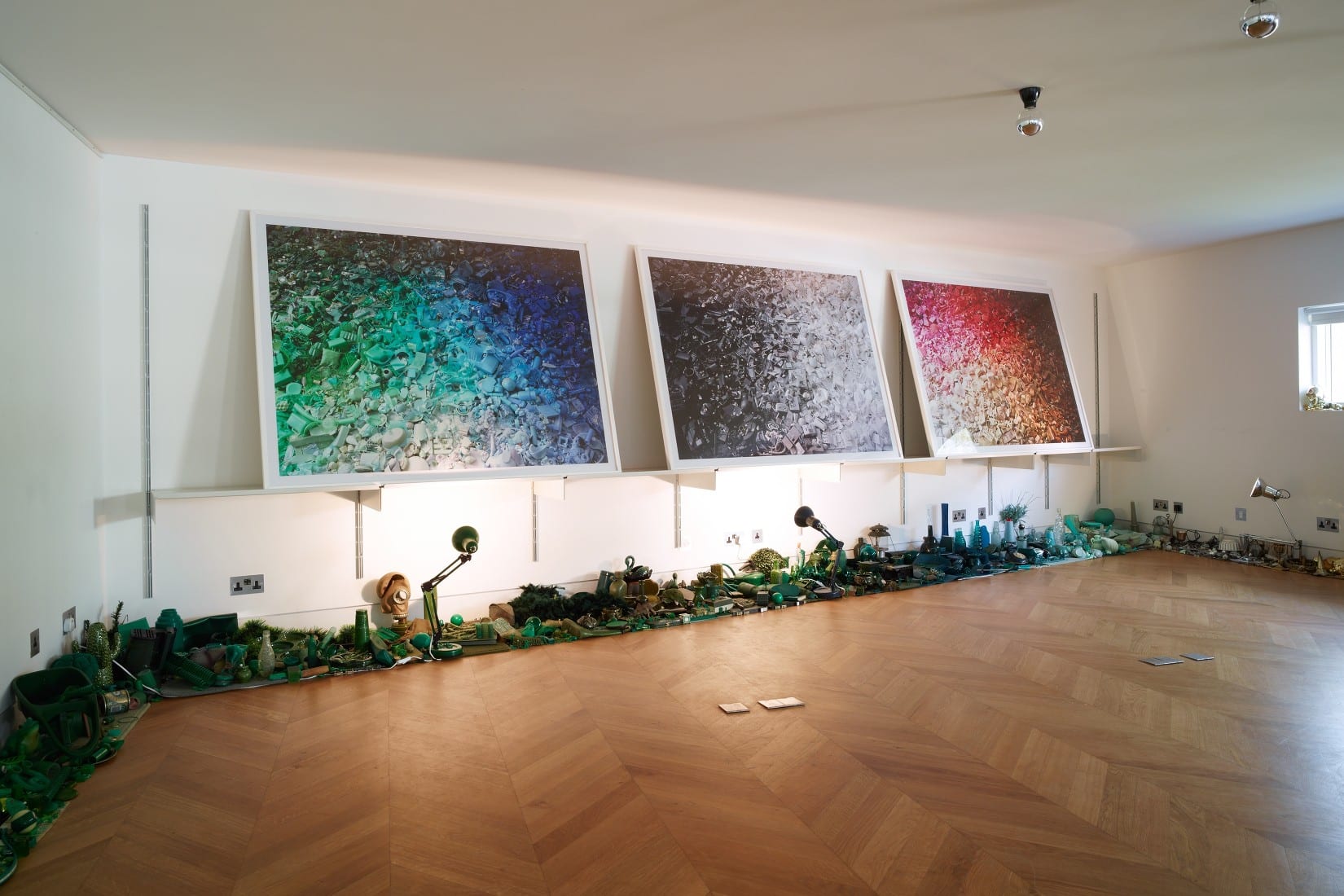
The Art Redefines The Kipple
By reimagining such gathered materials in a gallery space, Smith is slowing the process of Kippelization. Even though these objects are no longer and may never be used for their original purpose, they have attained a new functional value. It’s curious to spot a food wrapper or a can, a vehicle that has already completed its journey and will never be purposed for its intended function again. The object has simply dissolved into becoming a component of a collage.
Smith’s prints of the series don’t encompass the whole space, merely offering a rectangular snapshot of each subsection transfiguring into a work of its own. One must not intake the whole gallery space to feel unity in assembly. It’s as if one Kipple can be an amorphous value. One apartment full of junk, a block, a city, the whole world; the accumulation keeps compounding and each detail becomes smoothed into the next. Objects turn into colors, colors into photos. Collages can be turned into collages.
Kipple incites on a trajectory rapidly compounding, and that’s precisely what makes it so frightening.
Dan Tobin Smith’s studio becomes a sanctuary, forcing us to pause and consider the core components of the forgotten. It’s a temporary fight against Kipple, yet a struggle that cannot be won. It’s only stalled.
Kipple Always Comes back to Philip K. Dick
Philip K. Dick’s subversive theme of human-nonhuman duality is the foundation of such a concept.
Although Kipple stems from the human world, it generates without human intention. Like the aptly named replicants (which were called Androids in Dick’s novel, though the name was altered for Blade Runner), the proliferation is born from the human realm but continues to operate independently. It’s a churning machine with a life of its own.
Kipple is not a real scientific term, nor a popularized one in general. It’s a thought experiment, just a small component of an alternate reality. A powerfully envisioned imaginary order.
Such characteristics showcase the encroaching nature of technology onto our society. Just a few simple deviations from our reality and it becomes dystopian. It becomes cyberpunk.
While Dan Tobin Smith does not engage in the typical visual aesthetics of the genre, his conceptual ideas are cyberpunk. The trash collected in Smith’s studio is akin to the polluted nature of Los Angeles in Blade Runner. Often, technology is associated with cleanliness and efficiency. It certainly does produce that, but what is created inadvertently?
Nothing can be destroyed. The world is over-polluted, and we see technology as the savior. Smith’s work causes us to pause, to look around.
What else are we leaving behind?
More of Dan Tobin Smith’s work can be found at dantobinsmith.com

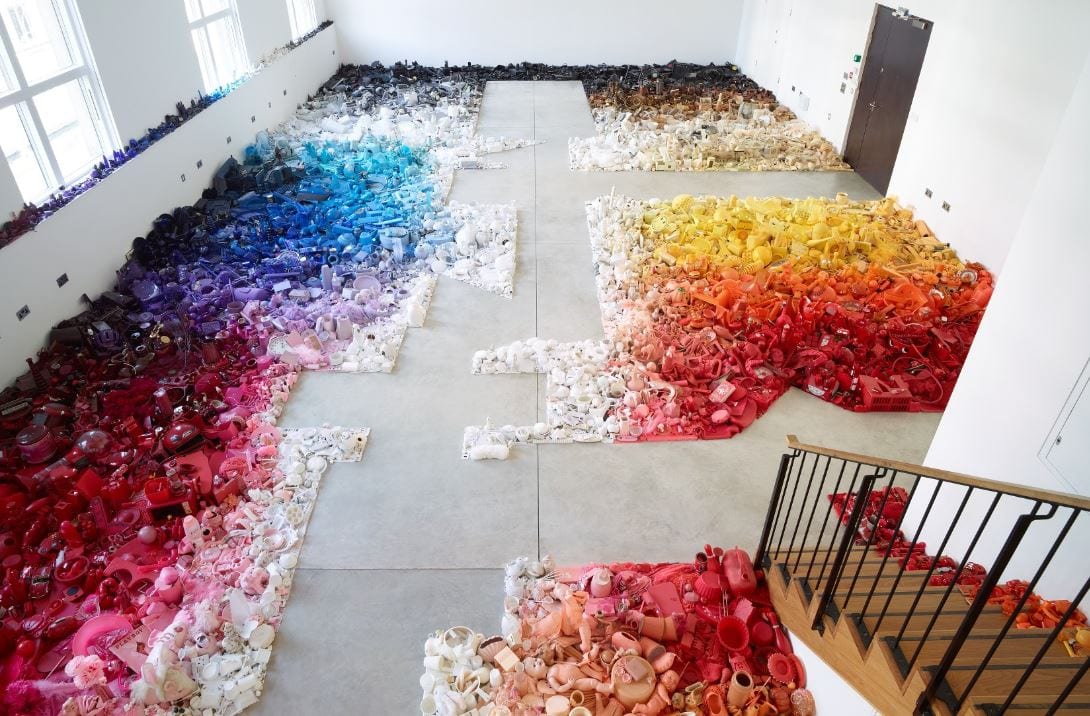
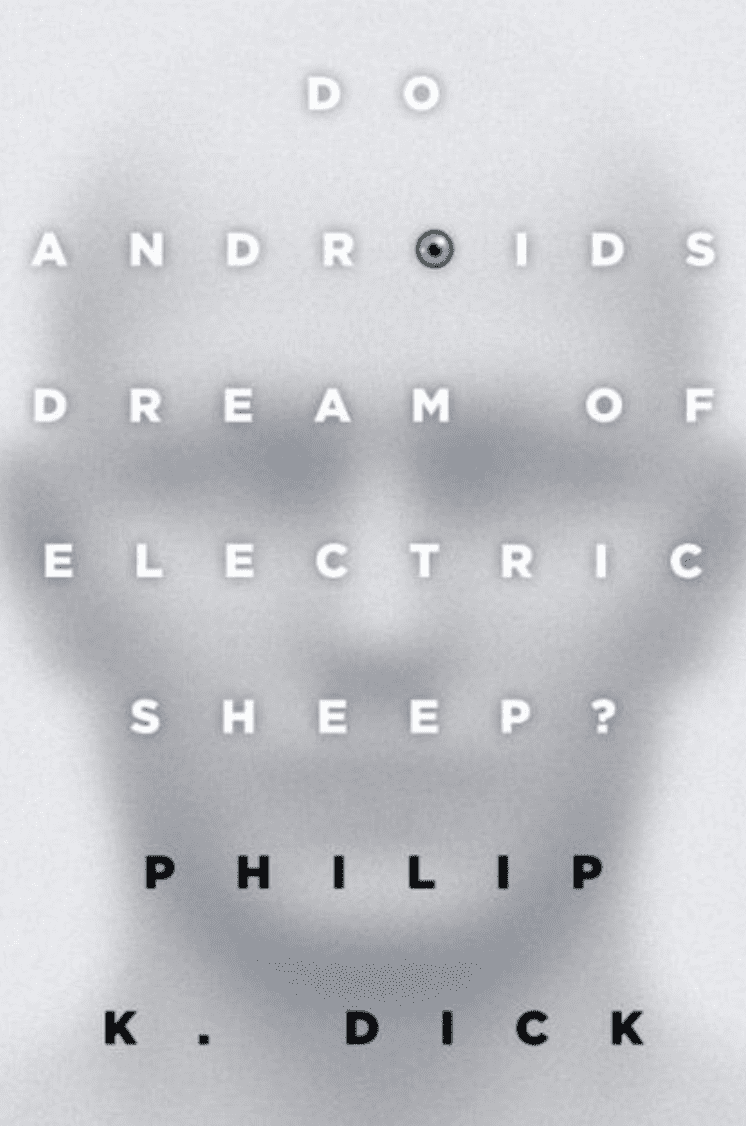
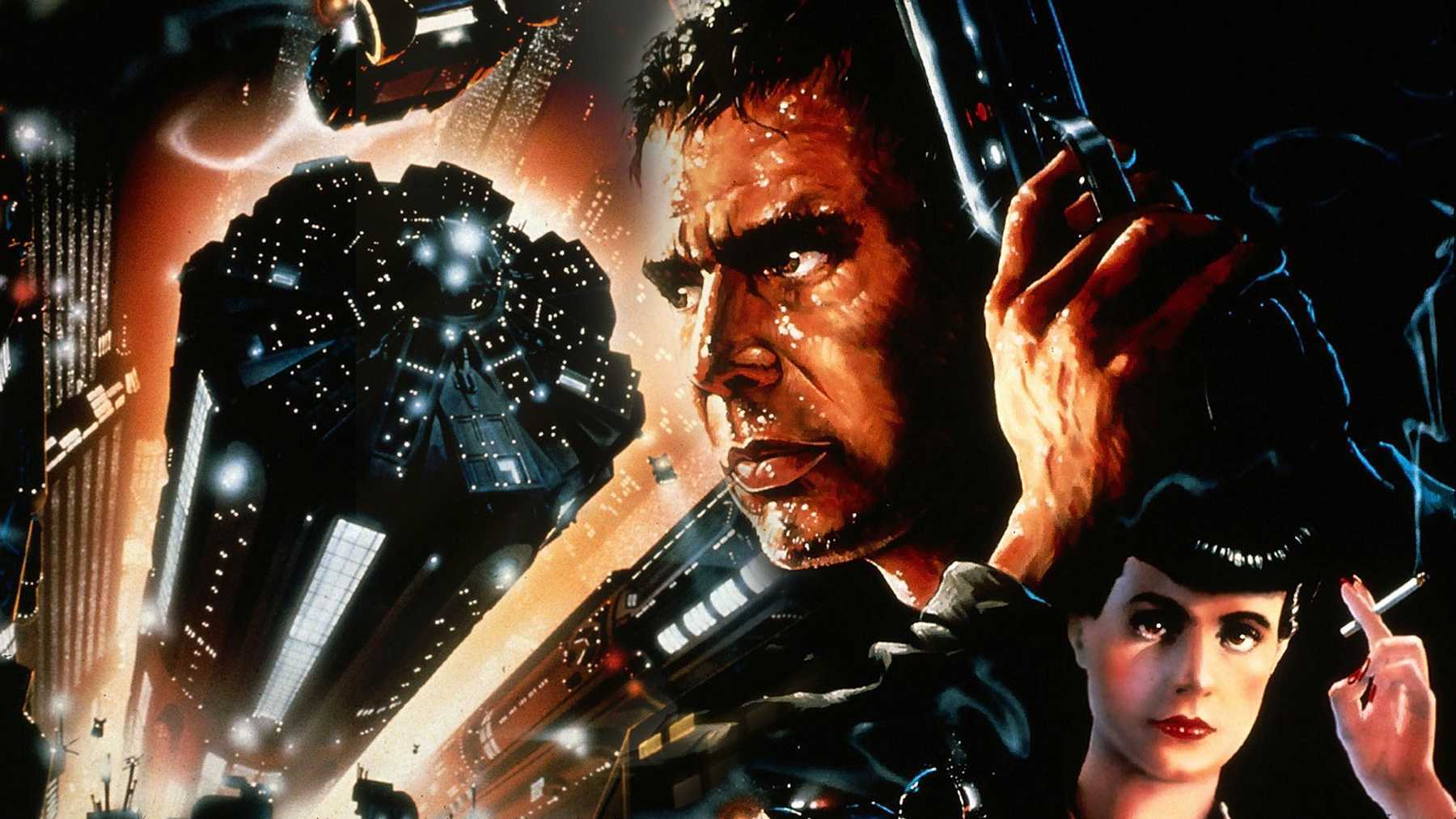
1 comment
What a fantastic read. The article is just as poetic as the photos themselves. One of the things I really like about the photos is that we’re so used to seeing “kipple” in a dark and dingy monochromatic environment. So, seeing these colors that pop in white-walled rooms with sunshine breaking through is really refreshing. It actually brings an essence of hope to an otherwise bleak landscape. You can’t escape the kipple, we’re doomed to succumb to it, but maybe we can make it beautiful.